If you haven't picked up a copy of Mindsets in the Classroom by Mary Cay Ricci, it is well worth your time. Not only is it a quick and easy read, you will have a firm grasp on fixed and growth mindsets and their effects on the students in your class. She also provides tools for teacher to develop a growth mindset culture where students are challenged to change their thinking about their potential.
Another way to arm children with a defense against those negative messages playing in their brains is to replace them with positive ones. The research on using affirmations in classrooms shows a positive effect on self-esteem and an increase in grades for low performing students.
Here is an excerpt on research reported by Psychology Today:
These findings are not surprising or new, as many research studies have reported similar trends. How, then, can teachers implement activities that align with the findings in growth mindset research and the power of positive affirmations?An emerging set of published studies suggest that a brief self-affirmation activity at the beginning of a school term can boost academic grade-point averages in underperforming kids at the end of the semester. This new work suggests a mechanism for these studies, showing self-affirmation effects on actual problem-solving performance under pressure," said J. David Creswell, assistant professor of psychology in CMU's Dietrich College of Humanities and Social Sciences.
Ideas for using affirmations
1. Create a bulletin board with affirmation posters.
Choose one affirmation each day, each week, or each month that students can discuss, apply to their own lives, and incorporate into their self-talk.2. Create smaller affirmation cards that students can keep in their desks, backpacks, or at home.
It is beneficial for students to have their own stack of cards to draw from. Affirmation cards may even be housed in the classroom and given to students when affirmation behaviors have been exhibited.
- Lead a short discussion about a given affirmation. Students can talk about its meaning and how the affirmation might look in action (inside and outside the classroom).
- Students can discuss their own self-talk (the messages they hear in their heads about their own potential and abilities). How are those messages the same and different from the positive affirmations discussed in class?
3. Train students to listen to each other.
When a student makes a limiting remark (indicative of a fixed mindset), classmates are trained to respond. "Rephrase that statement using a growth mindset affirmation," for example. If a student says, "I can't do this, it's too hard," a possible rephrase might be, "I can do hard things!" Other options include "when something is difficult, I have the determination to see it through," or "I am capable of doing difficult things." Rephrasing limiting remarks can work to change the mindset of that student.
4. Teach students about the malleability of the brain and the importance of adopting a growth mindset.
The more a student learns and the harder a student works, the smarter they become. It's a fact. Every student has unlimited potential. Their motivation and their willingness to accept challenges increases when they understand these concepts.Where can you find positive affirmations?
- Search the internet. Choose affirmations based on the needs of your students. Create posters and/or affirmation cards or sticks (popsicle sticks, as shown above, work very well).
- Think about individual students in your class. Develop your own affirmations designed to combat their negative thinking and self-talk.
- If you have limited time, snatch up affirmations that are already made. The set you see in the pictures on this blog post were designed specifically for teaching growth mindset in the classroom.
- Ask students to create their own. Brainstorm affirmations as a class and ask students to write down the ones that resonate the most. Use index cards, tongue depressors, or half sheets of paper and give clear expectations about the number of affirmations each students records.
Today's post comes from Kirsten Tulsian from Kirsten's Kaboodle, and we greatly appreciate her sharing her expertise with us here on Classroom Tested Resources. If you'd like to read more, check out Kirsten's blog by clicking the link above. Thanks a bunch, Kirsten, and we hope you'll come back to share with us again soon.



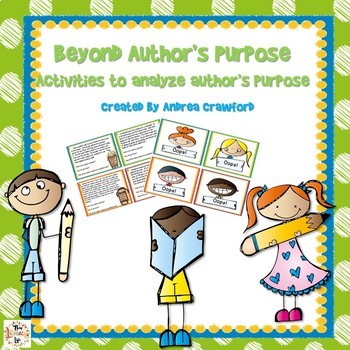



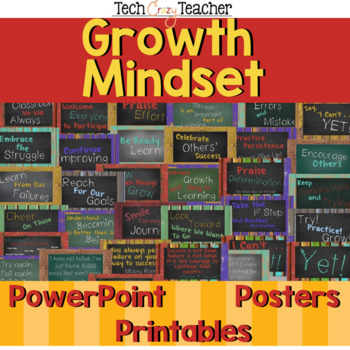
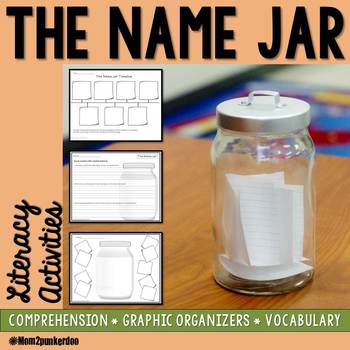

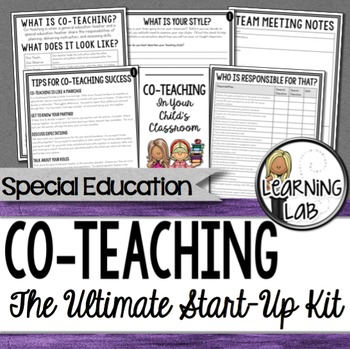


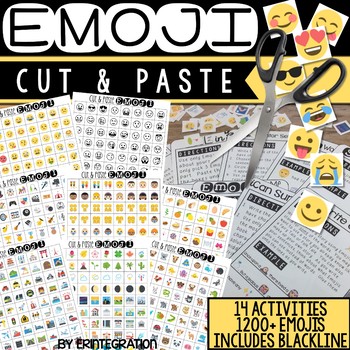
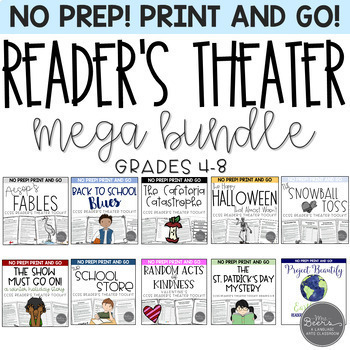



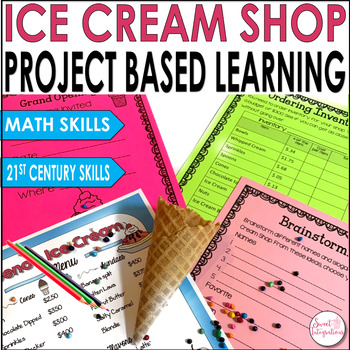




















Thanks so much for the wonderful tips!
ReplyDeleteYou are so welcome! :-)
Delete